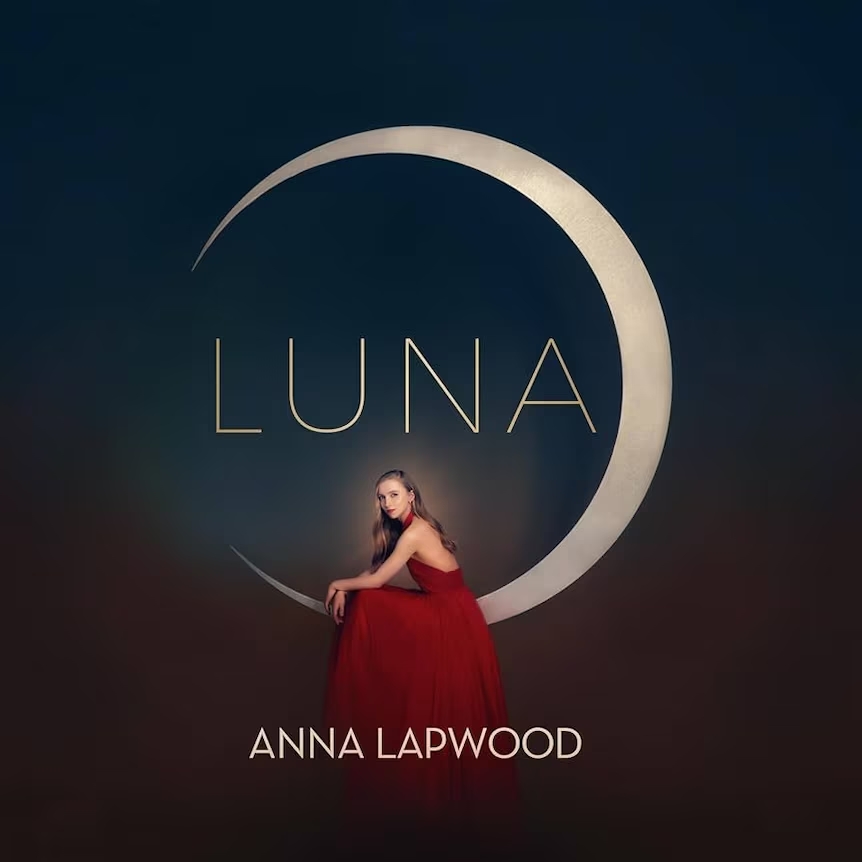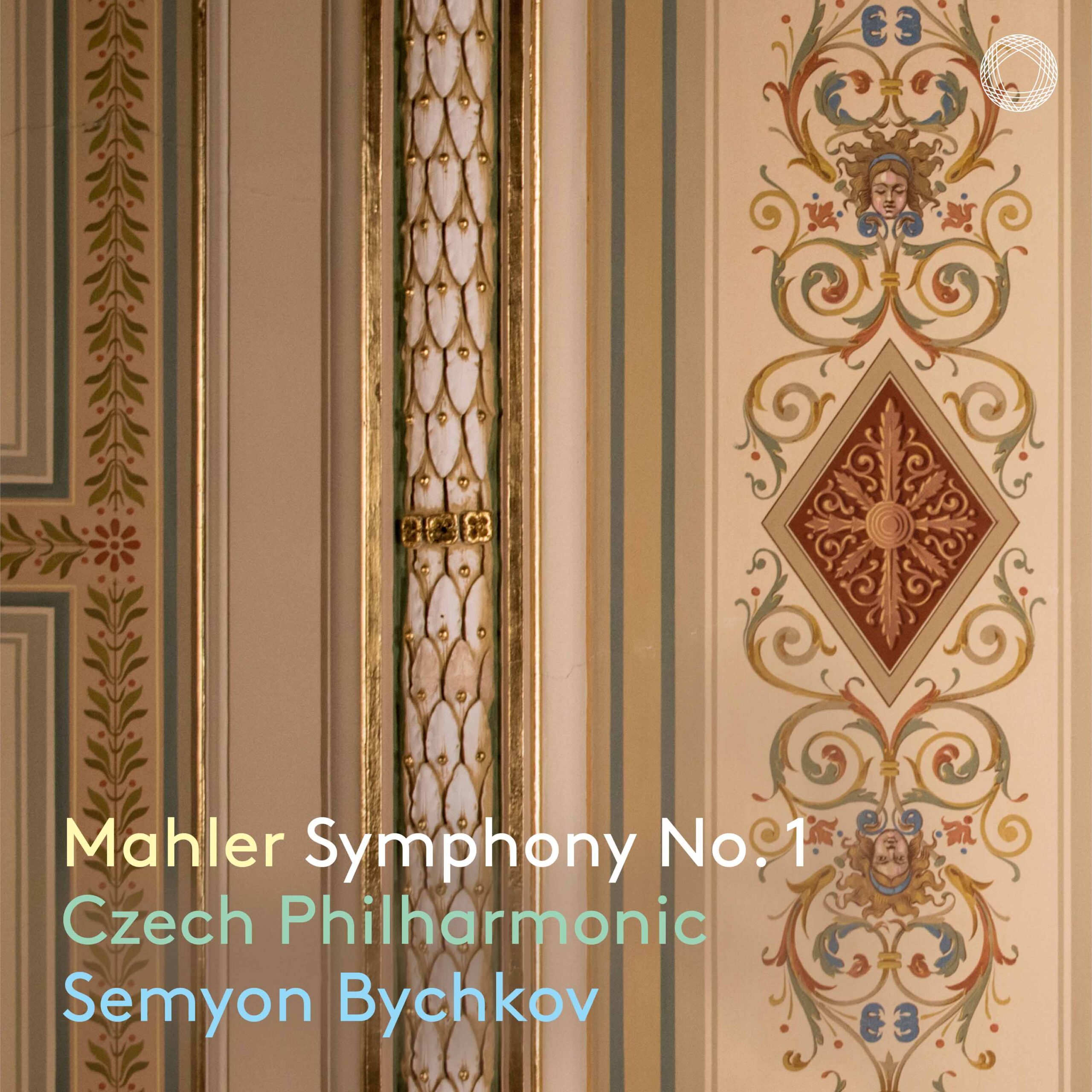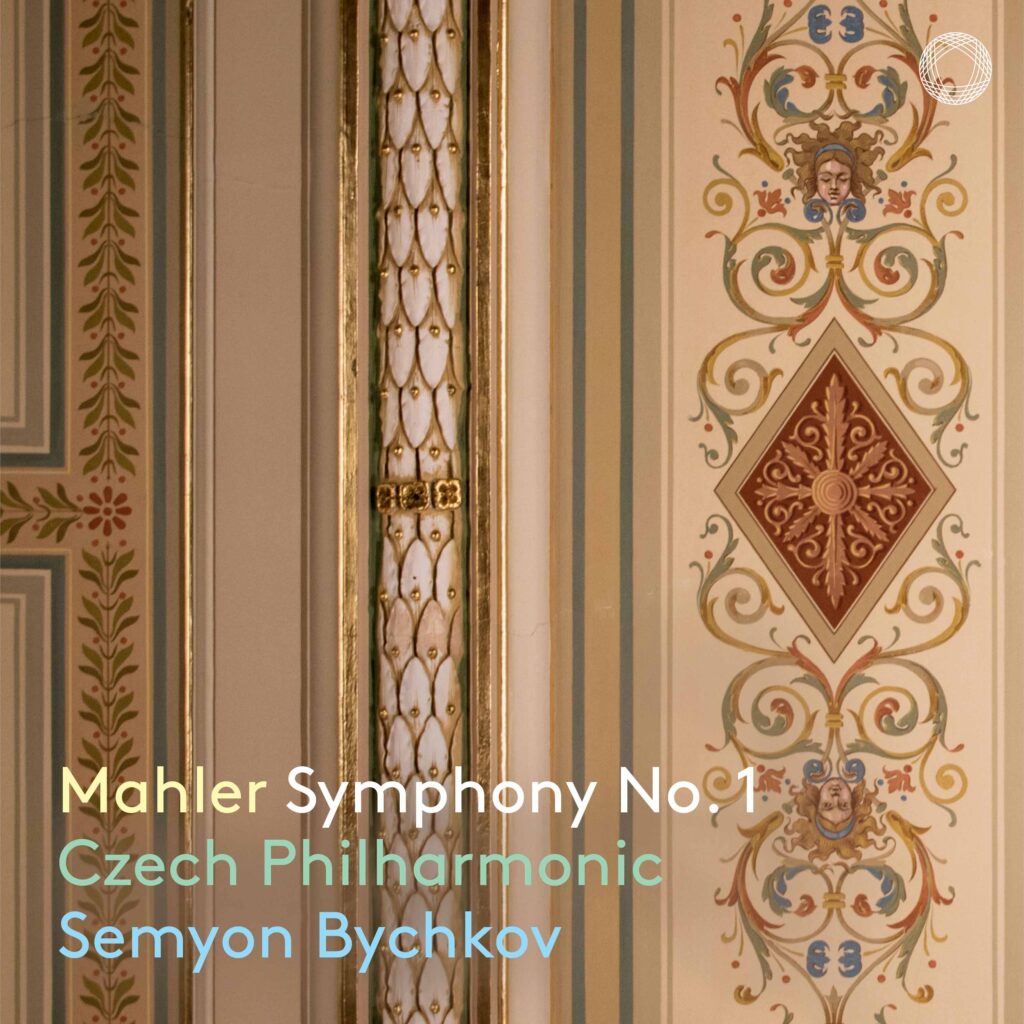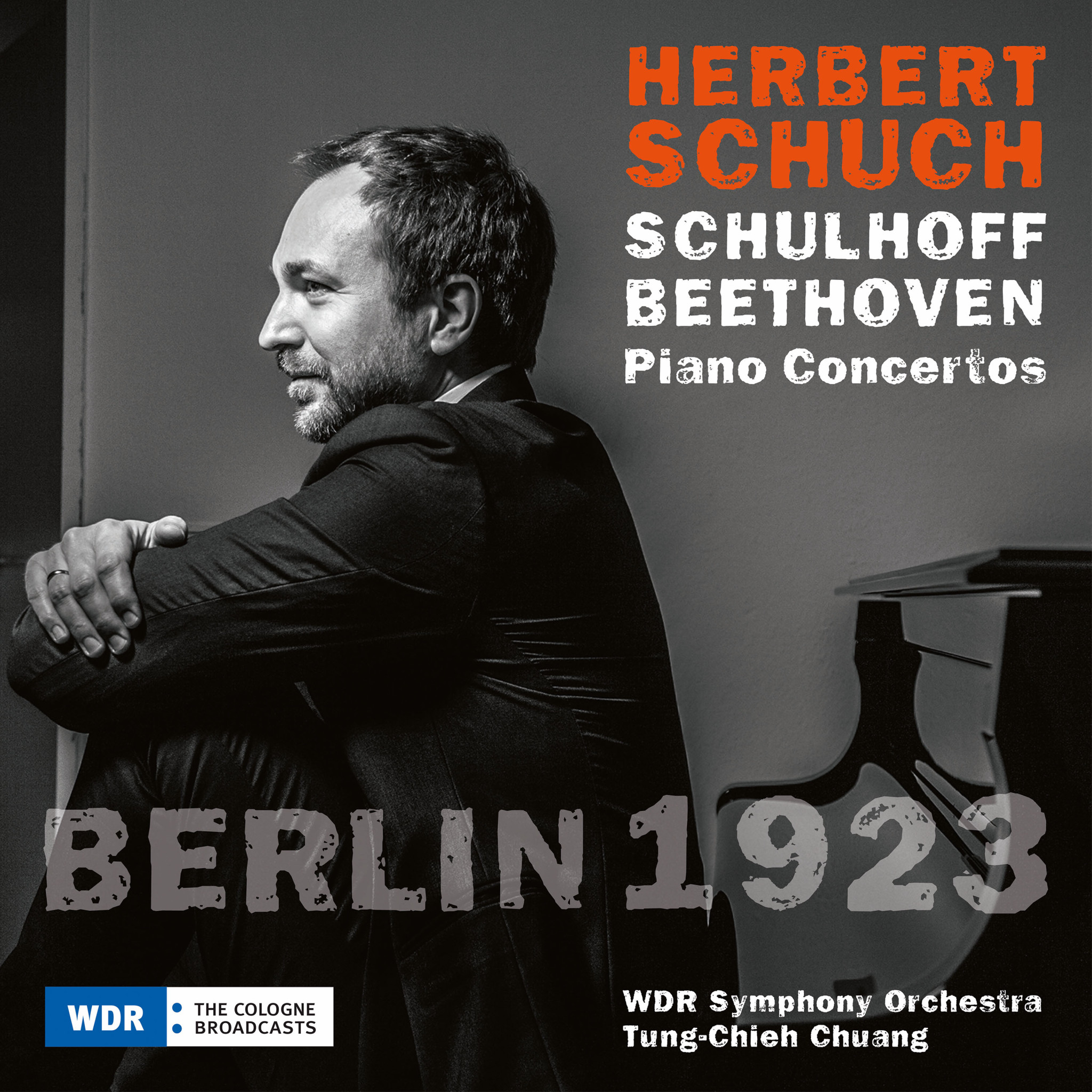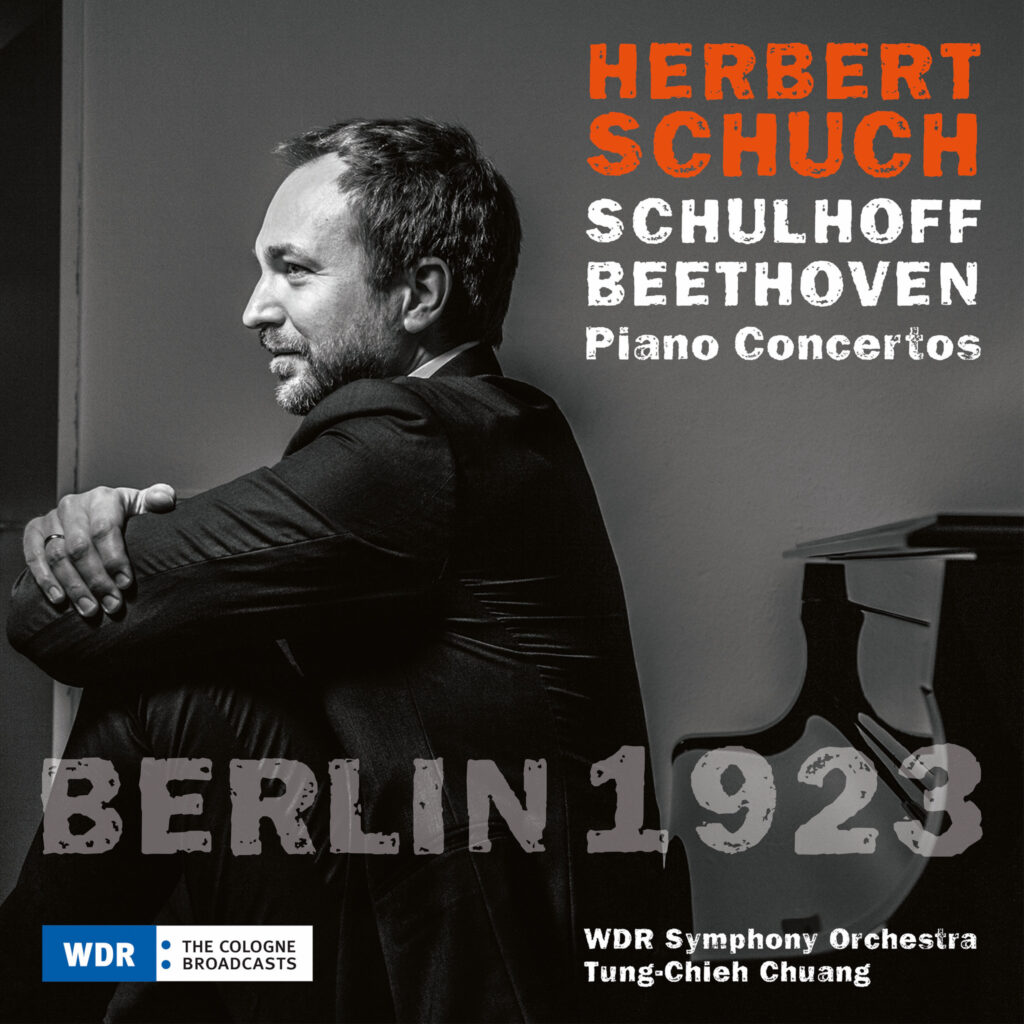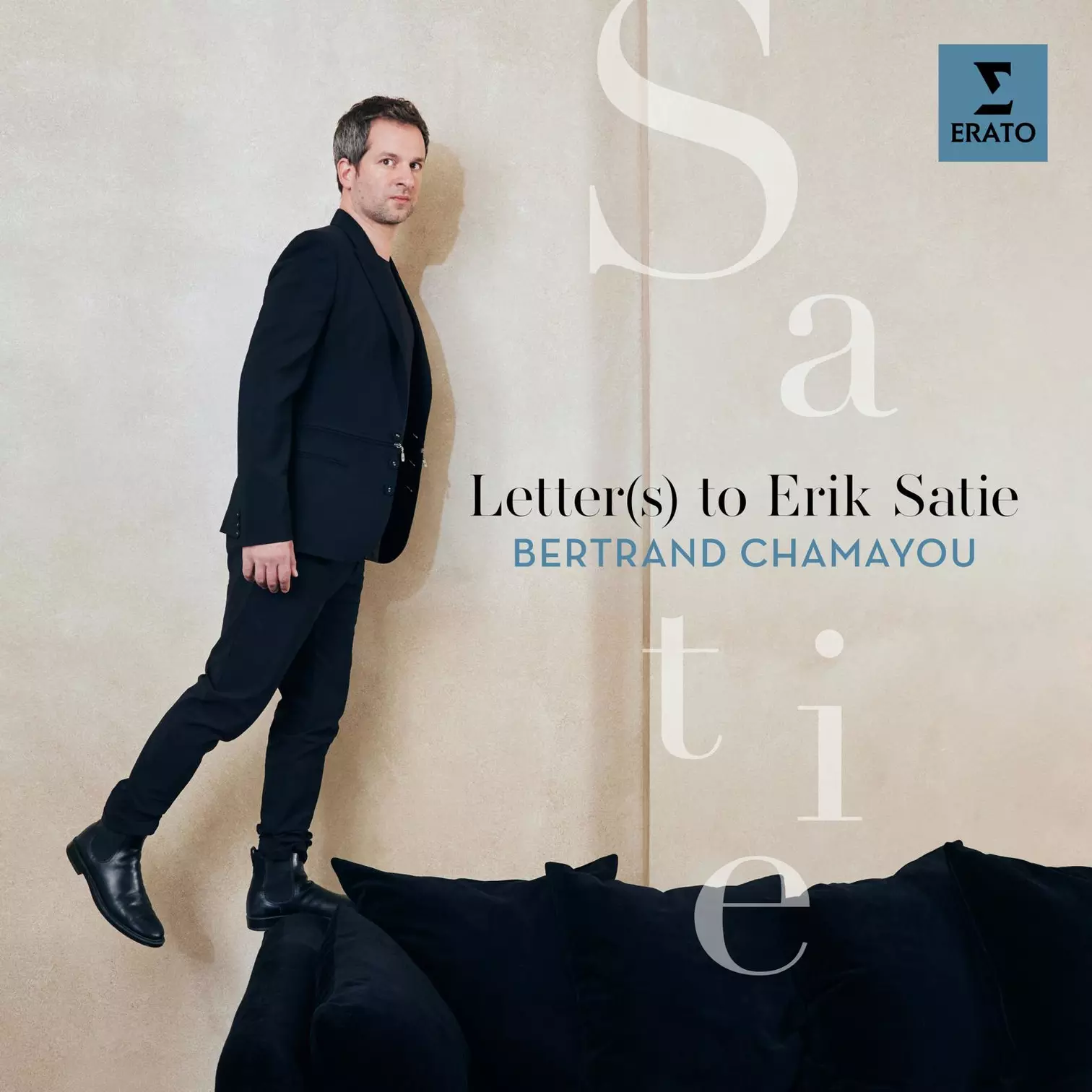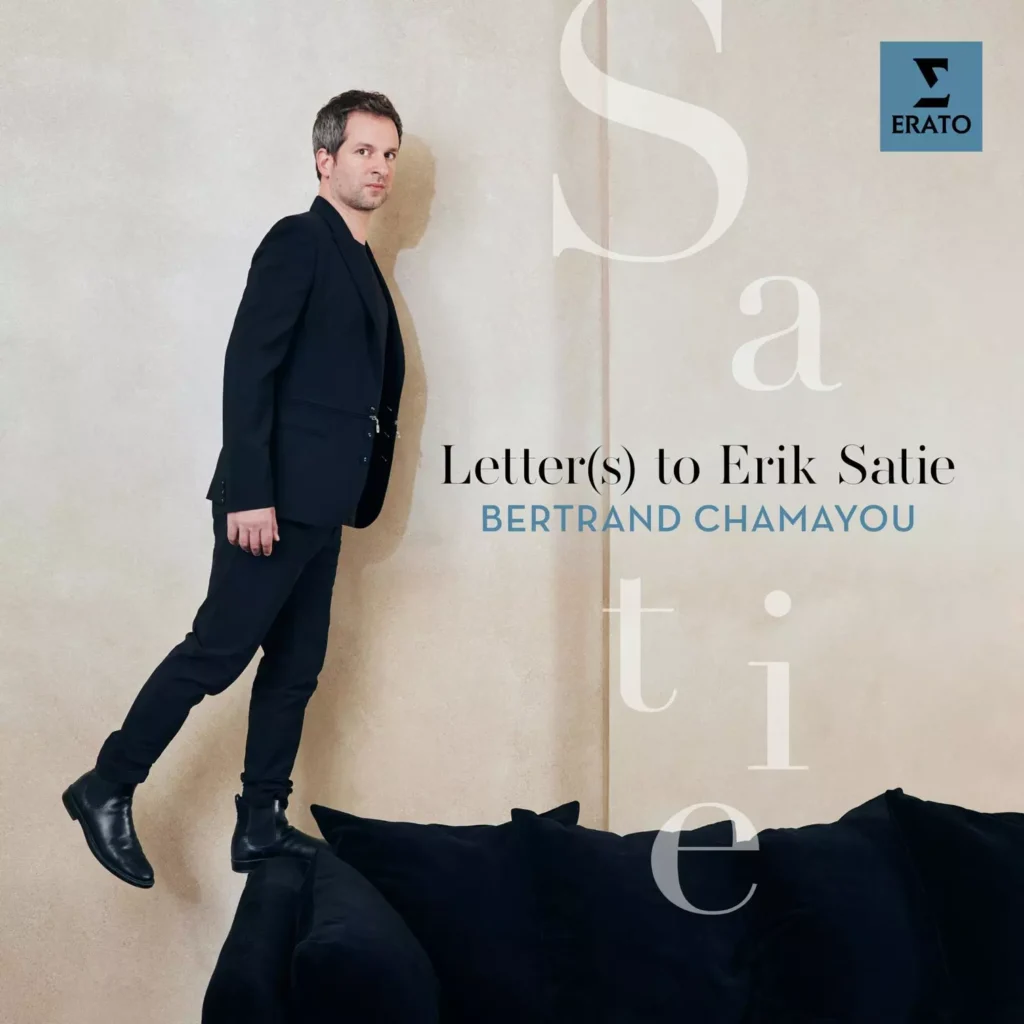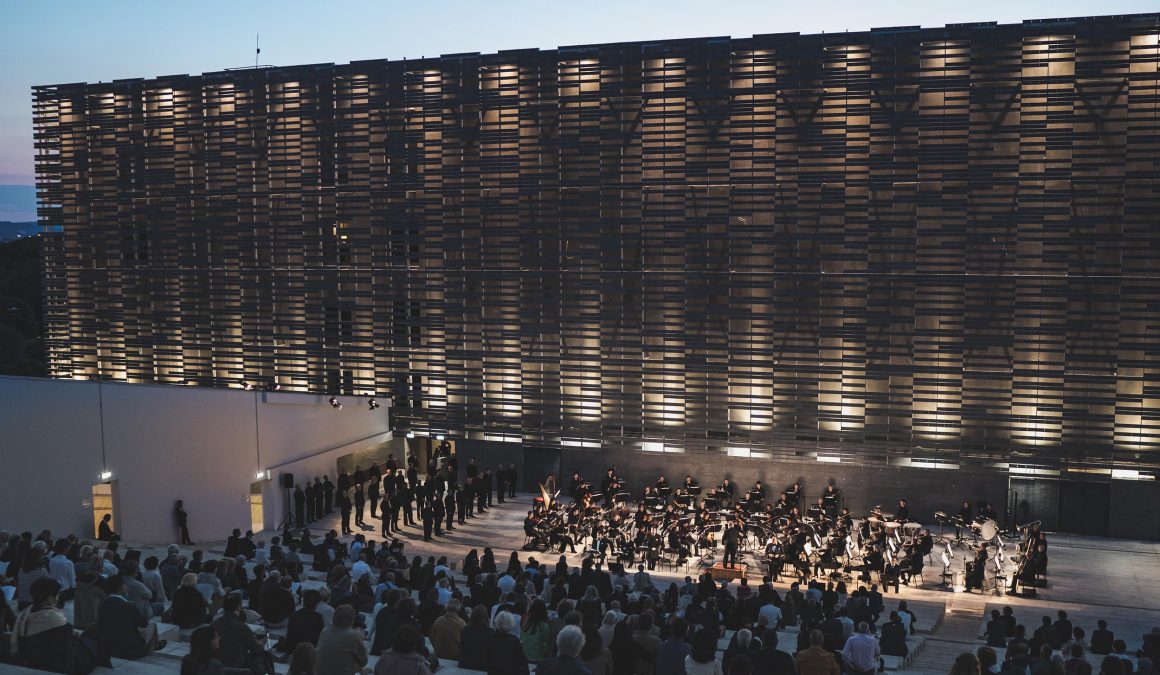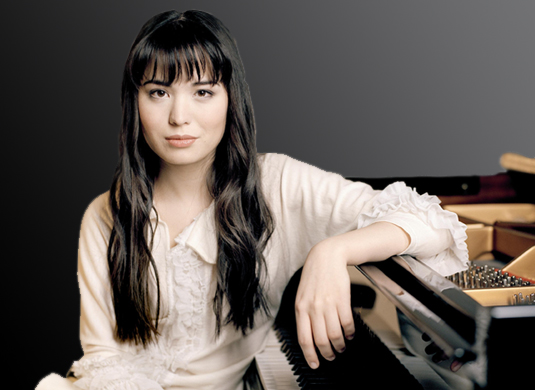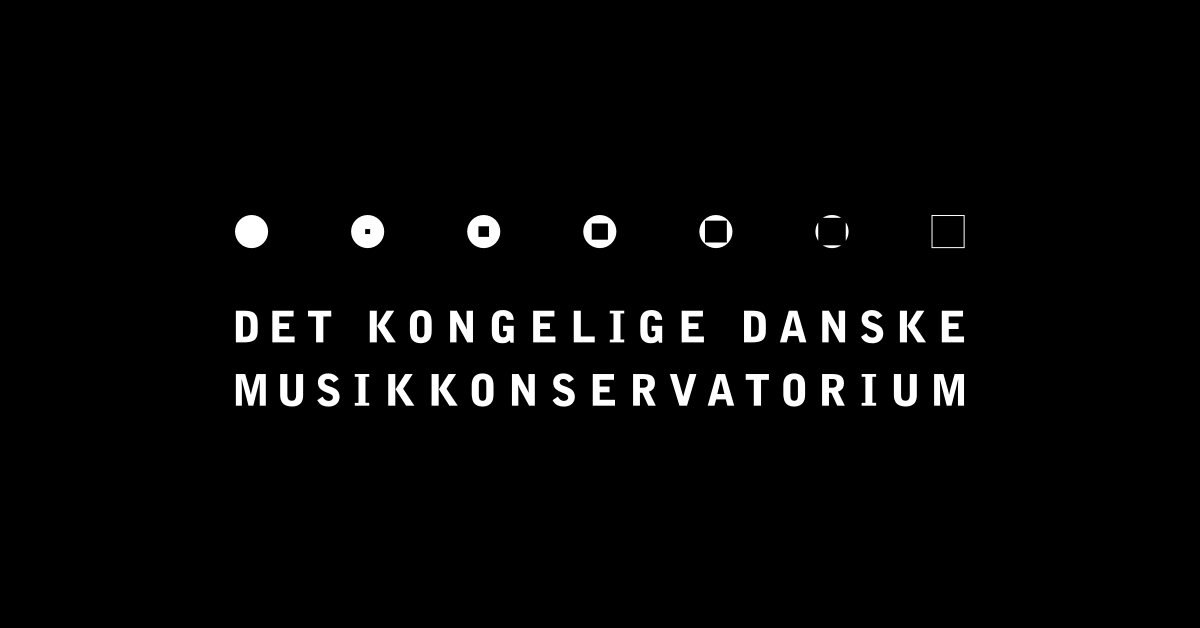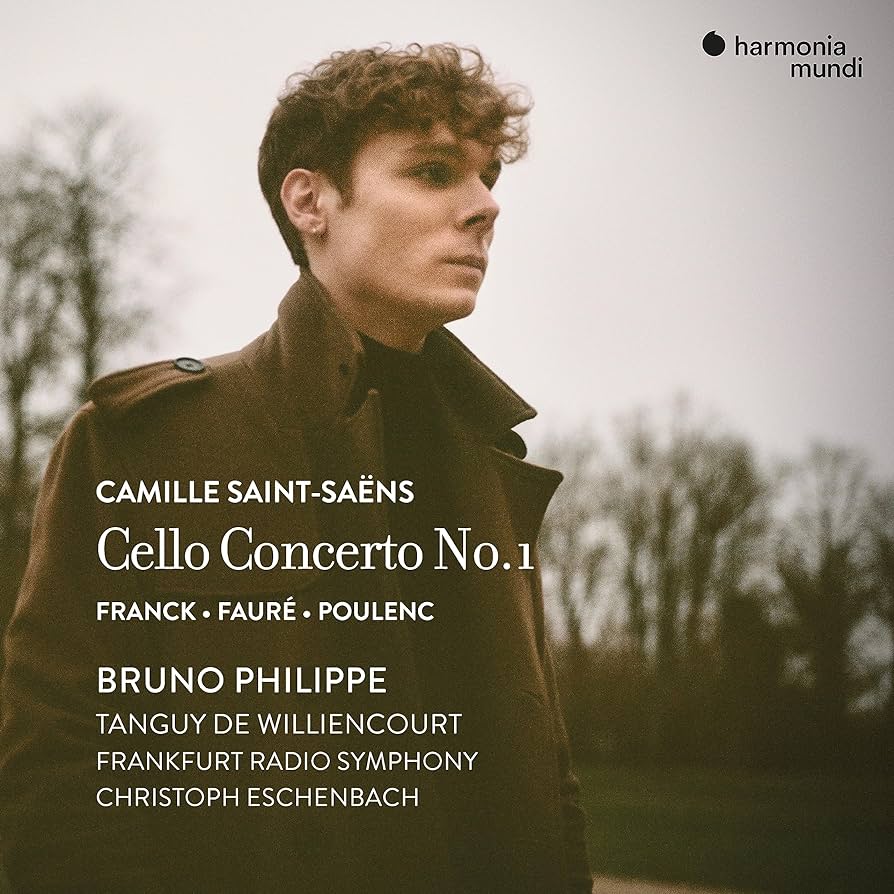LUNA
An Ethereal Exploration of Organ Music
Richard Philipps, September 2024
Anna Lapwood, the Cambridge choral don and internet sensation, is a force to be reckoned with in the world of organ music. With her debut solo album, “Luna,” released under the prestigious Sony Classics label, Lapwood takes the listener on a captivating journey that transcends the conventional boundaries of organ music. In this album, she brilliantly combines classical masterpieces with contemporary compositions, offering a fresh perspective on an instrument often associated with weddings and funerals.
The album’s diverse tracklist is a testament to Lapwood’s commitment to pushing the boundaries of organ music. She seamlessly combines classical repertoire with contemporary compositions and film music transcriptions, creating a compelling and innovative musical experience. One notable aspect of her track selection is the deliberate inclusion of pieces originally written for instruments other than the organ, such as Chopin’s E flat Nocturne, Op. 9 No. 2, which adds a unique dimension to the album.
The opening track, “Flying,” from the 2003 live-action film adaptation of Peter Pan, sets the tone for the album, establishing a sense of wonder and enchantment. The inclusion of pieces like Ludovico Einaudi’s “Experience” serves as a nod to Lapwood’s TikTok community, demonstrating her ability to engage with a modern audience while maintaining the integrity of the organ’s distinct sound.
Two standout tracks on “Luna” feature the collaboration of Anna Lapwood with the Choir of Pembroke College, Cambridge, of which she is the director of music. “Stars” by Ēriks Ešenvalds and Max Richter’s “On the Nature of Daylight” beautifully demonstrate the harmonious relationship between the organ and choir, creating ethereal and transcendent moments on the album.
The album’s title, “Luna,” is fitting, as it perfectly encapsulates the celestial, otherworldly qualities of the organ. Lapwood’s choice to explore the softer, delicate, and less frequently heard colors of the Royal Hospital School’s organ is a refreshing departure from the usual high-impact organ music. Her expertly crafted performance showcases a deep understanding of the instrument, with attention to phrasing, articulation, and voicing.
Anna Lapwood’s “Luna” marks a significant moment in her career as a solo artist. Her ability to seamlessly blend traditional and contemporary music, along with her dedication to expanding the organ’s repertoire, makes her a true ambassador for classical music. Importantly, she does all of this without compromising the depth and complexity of the organ’s sound. Her contribution to the organ and the music industry at large is truly invaluable.
